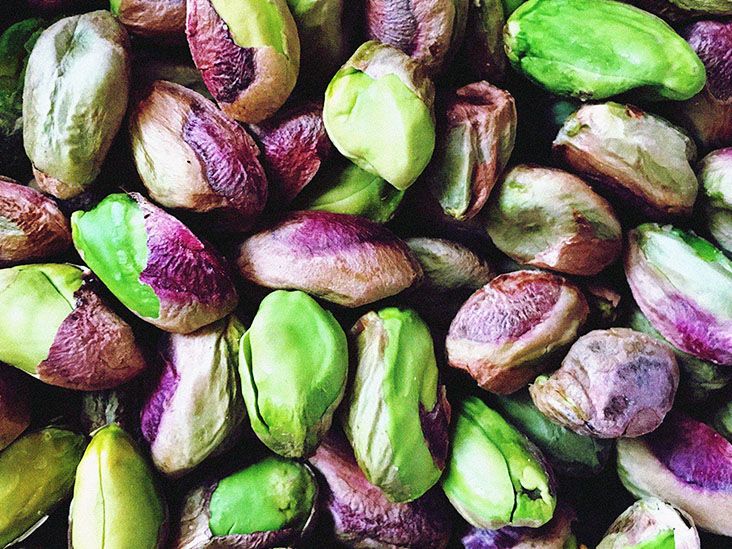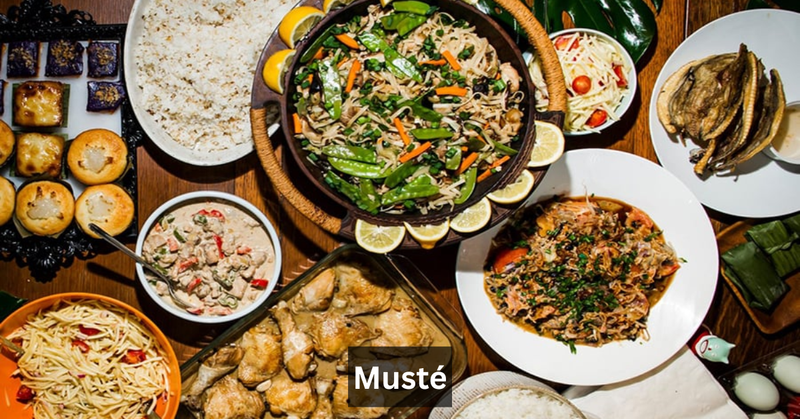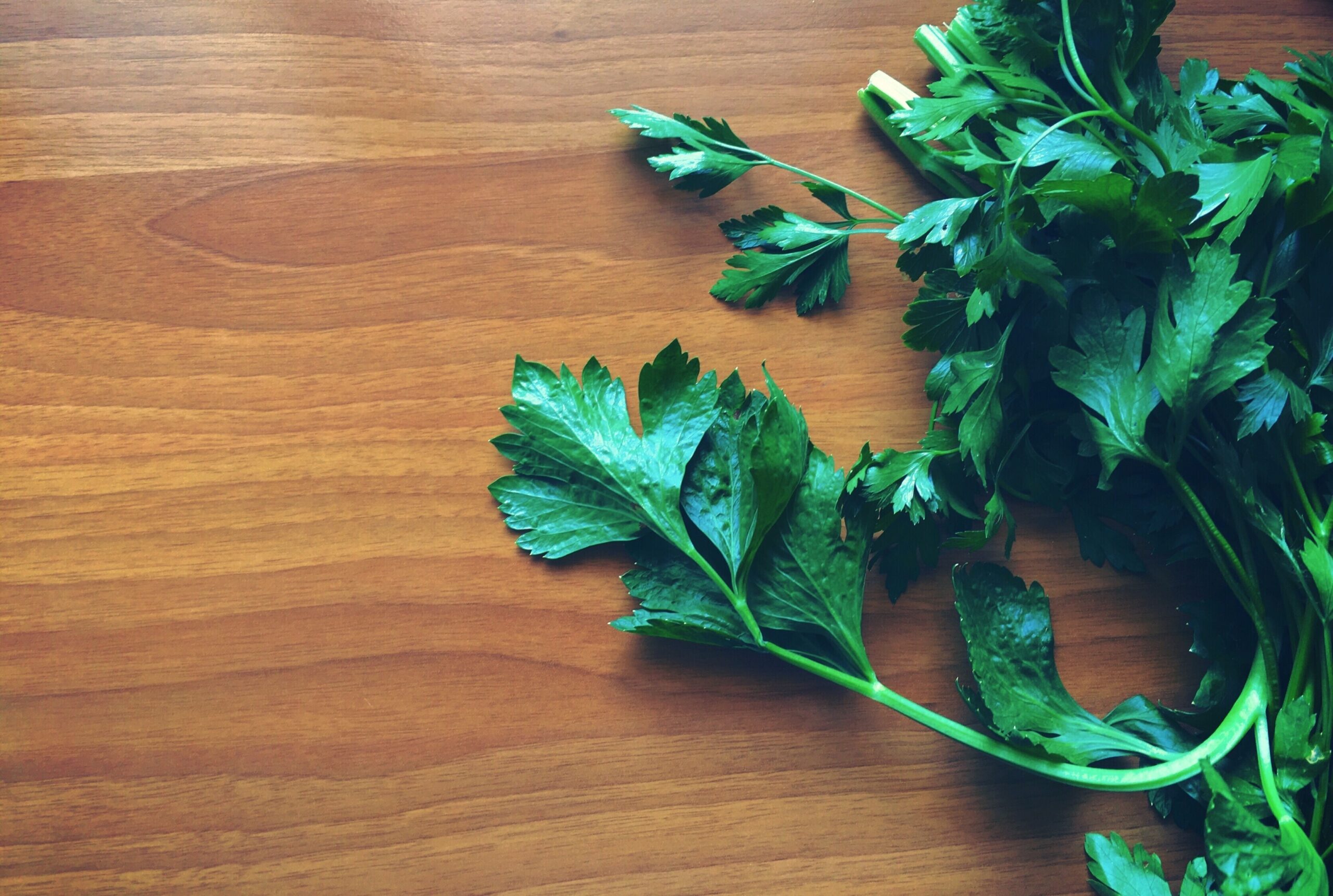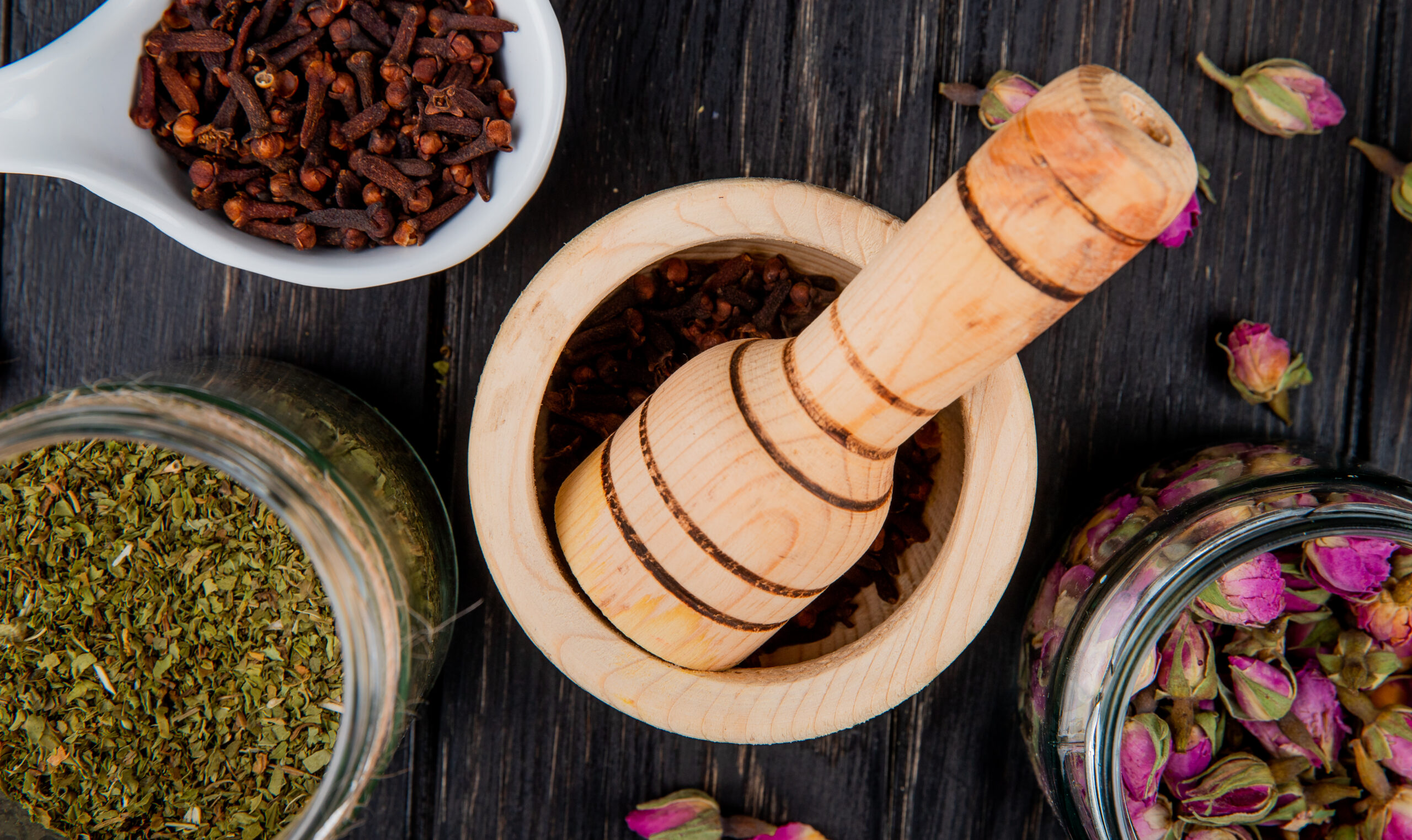Pista and Pistachio: Health Benefits, Uses, Nutrition, and More
Introduction
When you hear the word pista or pistachio, the first image that comes to mind is a crunchy, slightly sweet nut with a unique green color. Known as pista in South Asia and pistachio worldwide, this nut is more than just a tasty snack—it’s a nutrient-rich superfood that has been enjoyed for thousands of years.
From ancient civilizations in the Middle East to modern kitchens and dessert shops, pistachios have maintained their popularity due to their health benefits, versatility, and rich cultural significance. In this article, we’ll take a deep dive into the world of pista and pistachio—covering history, nutrition, benefits, culinary uses, and why you should include them in your daily diet.
What Are Pista and Pistachio?
- Pista is the Hindi, Urdu, and Persian word for pistachio, a small green nut with a beige shell.
- Pistachios are the edible seeds of the tree Pistacia vera, belonging to the cashew family.
- They are native to the Middle East and Central Asia but are now grown in the United States, Iran, Turkey, and India.
The History of Pistachio (Pista)
1. Ancient Origins
- Pistachios are one of the oldest cultivated nuts, dating back 9,000 years.
- They were a prized food among Persian kings, Roman emperors, and Middle Eastern traders.
2. Pistachios in the Silk Road
- Traders carried pistachios along the Silk Road, spreading them to China, India, and Europe.
3. Modern Cultivation
- Today, the largest pistachio producers are Iran, the U.S. (California), and Turkey.
- In India and Pakistan, pista is a luxury dry fruit often used in sweets, ice cream, and festive recipes.
Nutritional Value of Pistachios (Per 1 oz / 28 grams)
- Calories: 159
- Protein: 6 g
- Fat: 13 g (mostly healthy fats)
- Carbohydrates: 8 g
- Fiber: 3 g
- Vitamin B6: 25% of Daily Value (DV)
- Thiamine: 20% of DV
- Phosphorus: 11% of DV
- Copper: 20% of DV
- Potassium: 6% of DV
- Antioxidants: Lutein, zeaxanthin, and polyphenols
Health Benefits of Pista and Pistachio
1. Heart Health
- Rich in monounsaturated and polyunsaturated fats, pistachios help reduce bad cholesterol (LDL) and increase good cholesterol (HDL).
- Regular consumption supports healthy blood pressure and cardiovascular function.
2. Weight Management
- Pistachios are known as the “skinny nut” because they are low in calories but high in protein and fiber, making you feel full for longer.
3. Diabetes Control
- They have a low glycemic index and help regulate blood sugar levels.
- High in antioxidants and fiber, they support insulin sensitivity.
4. Eye Health
- Pista is rich in lutein and zeaxanthin, antioxidants that protect against age-related macular degeneration (AMD).
5. Gut Health
- The fiber in pistachios acts as a prebiotic, feeding good gut bacteria and improving digestion.
6. Skin and Hair Benefits
- Loaded with Vitamin E and antioxidants, pistachios promote youthful skin and strong hair.
- Pistachio oil is often used in cosmetics and skincare.
Different Types of Pistachios
- Iranian Pistachios – Known for their unique flavor and long size.
- California Pistachios – Popular in the U.S., often roasted and salted.
- Turkish Pistachios (Antep) – Small, dark green, and intense in flavor.
- Afghan Pistachios – Naturally grown, organic, and often unshelled.
- Indian Pista – Typically imported, used in sweets like pista barfi, kulfi, and halwa.
Pista in Culinary Uses
1. Snacks and Roasted Nuts
- Eaten plain, roasted, salted, or flavored.
2. Desserts
- Key ingredient in baklava, kulfi, pista ice cream, kheer, and barfi.
3. Baking
- Used in cakes, cookies, and pastries.
4. Savory Dishes
- Crushed pistachios used in curries, rice dishes, and as a garnish.
5. Pistachio Butter & Milk
- A healthy alternative to peanut butter and dairy milk.
How to Store Pistachios (Pista)
- Unshelled pistachios last longer than shelled ones.
- Store in airtight containers away from moisture.
- Keep refrigerated or frozen for long-term freshness.
Pistachios vs. Other Nuts
- Calories: Fewer than almonds and walnuts.
- Protein: Higher than cashews.
- Fiber: More than most nuts.
- Fat: Contains more healthy unsaturated fats.
How Many Pistachios Should You Eat Daily?
Nutritionists recommend:
- A handful (30–40 pistachios) per day.
- Equivalent to about 1 oz (28 grams).
This amount provides essential nutrients without excessive calories.
Fun Facts About Pista and Pistachio
- Known as the “smiling nut” in Iran and the “happy nut” in China because the shell splits naturally.
- Symbol of prosperity and good fortune in many cultures.
- Mentioned in the Bible (Genesis 43:11) as one of the finest foods of the land.
FAQs About Pista and Pistachio
Q1: Are pista and pistachio the same?
A1: Yes. Pista is the South Asian name for pistachio, the edible seed of the tree Pistacia vera.
Q2: Are pistachios good for weight loss?
A2: Yes. They are low in calories, high in protein and fiber, making them excellent for weight management.
Q3: Can diabetics eat pistachios?
A3: Absolutely. Pistachios have a low glycemic index and help regulate blood sugar levels.
Q4: Are pistachios safe for kids?
A4: Yes, but give them in moderation and ensure they are unsalted and shelled to avoid choking hazards.
Q5: What’s the difference between raw and roasted pistachios?
A5: Raw pistachios retain more nutrients, while roasted ones have enhanced flavor but slightly reduced antioxidant content.
Q6: Can pistachios improve skin health?
A6: Yes. Rich in Vitamin E and antioxidants, pistachios promote glowing skin and prevent premature aging.
Conclusion
Whether you call them pista or pistachio, these little green nuts pack a powerful punch of flavor, nutrition, and history. From heart health to glowing skin, weight management to cultural traditions, pistachios have proven themselves as one of the world’s most valuable superfoods.
👉 Next time you want a healthy snack, skip the chips and grab a handful of pista. Better yet, try adding pistachios to your recipes, desserts, and smoothies for a boost of taste and health.
With their rich history and modern popularity, pista and pistachio are not just a nut—they are a lifestyle choice for better health and wellness.





Post Comment